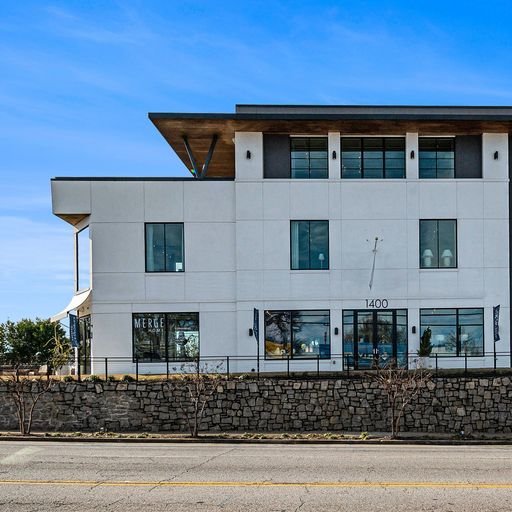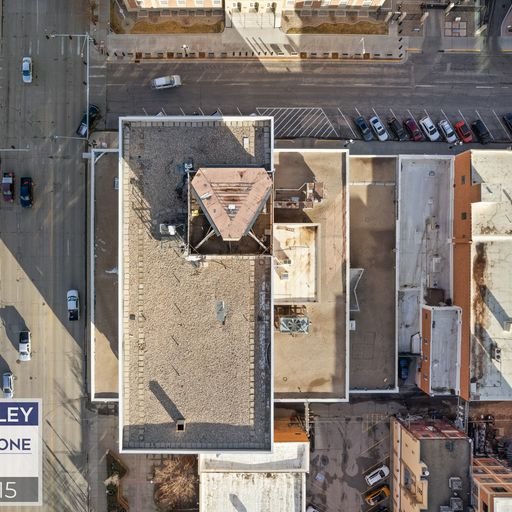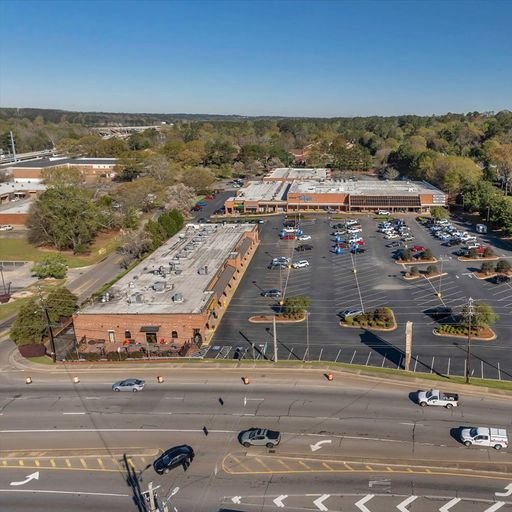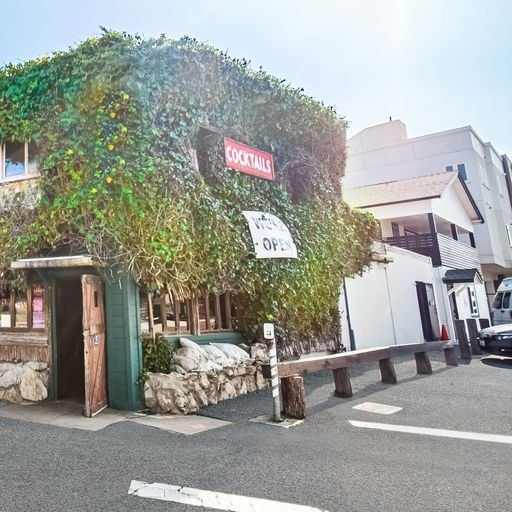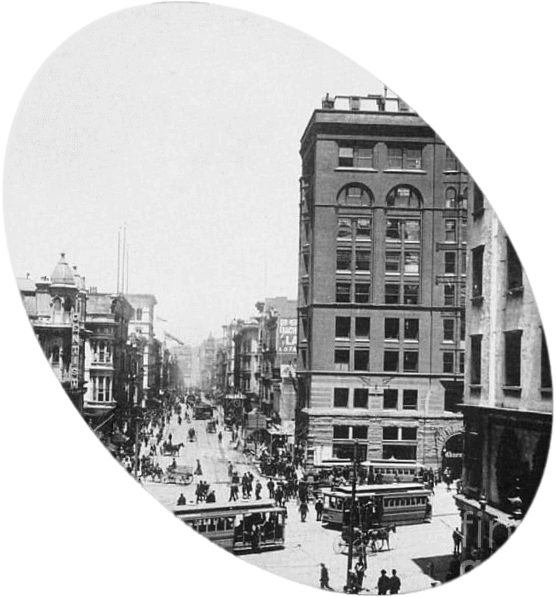Featured Listings
VIEW ALL LISTINGSLocal Expertise. Global Power.
Make decisions
with unparalleled
confidence.
From retail space to undeveloped land, our brokers are
extensively trained to recognize every economic
opportunity and potential pitfall, ensuring that you’re
matched with the property that best suits your needs.
-
LEARN MORE
 Land
Land -
LEARN MORE
 Retail
Retail -
LEARN MORE
 Agriculture
Agriculture -
LEARN MORE
 Office
Office -
LEARN MORE
 Hospitality
Hospitality -
LEARN MORE
 Industrial
Industrial -
LEARN MORE
 Multifamily
Multifamily -
LEARN MORE
 Distressed
Distressed
-
Join the world’s top real estate professionals.
-
Meet your personal commercial advisors.
-
-
Take the lead with a franchise of your own.
Becoming a franchise owner is exciting, fulfilling and more attainable than you might think.
LEARN MORE
THE ULTIMATE METRIC
Solutions that yield
success.
We hold ourselves to a high standard, but the true
measure of success is the satisfaction of those we
represent. So we let our clients speak for themselves.
“We've been fortunate enough to work with our broker professional on several commercial property investments since 2008. He has worked on leases, soothed difficult tenants, and counseled us on refinancing transactions.
“We purchased a portfolio of 11 properties for over $30MM, and as in the past, [our broker professional] handled the difficult purchase and sale in a very professional and ethical manner, with excellent results.
“My broker professional is the most thorough broker in the market. Not a document goes unread, is incredibly meticulous, and manages the transaction all the way to the end.
“Our broker professional is extraordinarily hard-working, honest and a dependable broker that is not easy to find. She is great at what she does and goes above and beyond for her clients.
“Our broker professional was proactive, working tirelessly on our behalf, and kept us appraised throughout the entire process. His ability to effectively explain the sometimes-complicated process, in simple and understandable terms was much appreciated.
Viewpoints
Stay informed with the latest commercial real estate market reports,
trends and industry news from
Coldwell Banker Commercial.
-
 Podcasts
PodcastsIn Case You Missed It: March 2024 Recap
In the March ICYMI we recap the CBC Global Conference, celebrate some of our award winners, highlight thought leadership resources and more!
-
 Multifamily
Multifamily2024’s Top College Towns for Students & Investors
RentCafe recently published insights highlighting the best college towns in the U.S. in terms of great education, high quality of life, and affordability.
-
 News
NewsBrian Blackmore Brings 30-Plus Years of Experience to Coldwell Banker Commercial Realty in Chicago
Coldwell Banker Commercial Realty proudly announces the affiliation of Brian Blackmore, a seasoned veteran in the commercial real estate industry.

